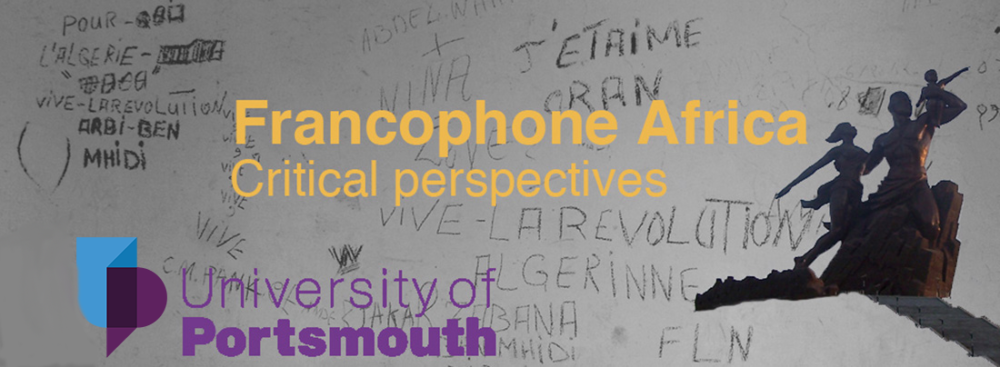Researching Africa Day is a conference for graduate students, and abstract submissions are welcome from graduate students only.
Saturday the 4th of March. St Anthony’s College, University of Oxford.
The deadline for the submission of abstracts is Thursday the 19th of January.
Africanists study subjects that are not just African. Some examine phenomena that by their very nature cross continents, or transcend them. Most study phenomena that occur at multiple sites, some in Africa, some elsewhere. Students of these subjects often find that their research has several possible homes. Their work at once belongs to one or more schools of area studies, and to one or more disciplines that are delineated by subject matter, not regional boundaries. This conference is dedicated to the challenges of doing research that crosses these academic domains.
Researchers on subjects that straddle area studies and global disciplines must choose how to frame their research to the academy. One approach is to choose to present one’s work as part of one discipline above others. Another is to address one’s research to several disciplines at once. Yet another still is to defy disciplinary boundaries altogether. Whichever path a researcher takes, she chooses not only how she presents her work, but how she presents herself as an academic. These choices of framing have ramifications for every part of the researcher’s work: the concepts she develops, the methods she employs, the distance she travels from particular to general, the cases that she studies, and the routes to publication that she takes. In an interconnected world in which so many phenomena cross borders, and become alike across contexts, these challenges of orientation are ever more pressing for the researcher.
However the researcher navigates these challenges, she grapples with convention and the unconventional. Conventions in academic disciplines are restrictive; they limit the realm of possibilities to the researcher. They are also malleable; the skilled researcher can bend and shape convention to their purpose. Disciplinary conventions provide a point of comparison against which researchers can define themselves in accordance or contradiction. These questions of convention also provide a lens into the virtue of areas studies, the potential of pitfalls of studying ‘Africa’ and questions of African uniqueness.
This conference invites doctoral and other graduate students to submit papers on research, during which they have encountered and navigated any of the aforementioned issues.
This conference welcomes paper submissions on the following topics:
- Transnationalism, and especially reflections of African historiography from the perspectives of the global flow of goods, people and ideas;
- Individuality, with particular emphasis on the social dimension in understanding the African state;
- Political identities and state ideologiesthat constantly evolve to shape the landscape of postcolonial Africa;
- Leadership and authority: What are the lessons for and from Africa in a world where personalism is rising and the spread of democracy appears uncertain?
- Ethnicity and identity: What shapes identity in a globalised Africa? In an age of transnational cultural influences, how is localised identity formulated and made competitive?
- Political institutions and political settlements, especially papers that marry insights from the Africanist literature and other literatures;
- Mobilisation, voting behaviour and the crowd, especially papers that draw parallels between African cases and elsewhere in the developing world; and
- State-building and conflict, especially attempts to speak to both Africanist and non-Africanist literatures on coups, civil war and the state.
Abstract submissions are due by midnight of Thursday the 19th of January. Abstracts may vary between 150 and 350 words, and be attached as a PDF or Microsoft Word document. The document should specify the applicant’s university, full name, email address and the topic or topics to which they think the paper would best belong.
They should be submitted to researchingafricadayoxford@gmail.com
Convenors
Yuzhou Sun, DPhil Candidate. Department of History. University of Oxford.
Eleanor Beevor, DPhil Candidate. Department of Anthropology. University of Oxford.
Dan Paget, DPhil Candidate. Department of Politics and International Relations. University of Oxford.
Contact Info:
Dan Paget
Co-convenor. Researching Africa Day 2017
DPhil Candidate. Department of Politics and International Relations. University of Oxford
Contact Email:
researchingafricadayoxford@gmail.com
